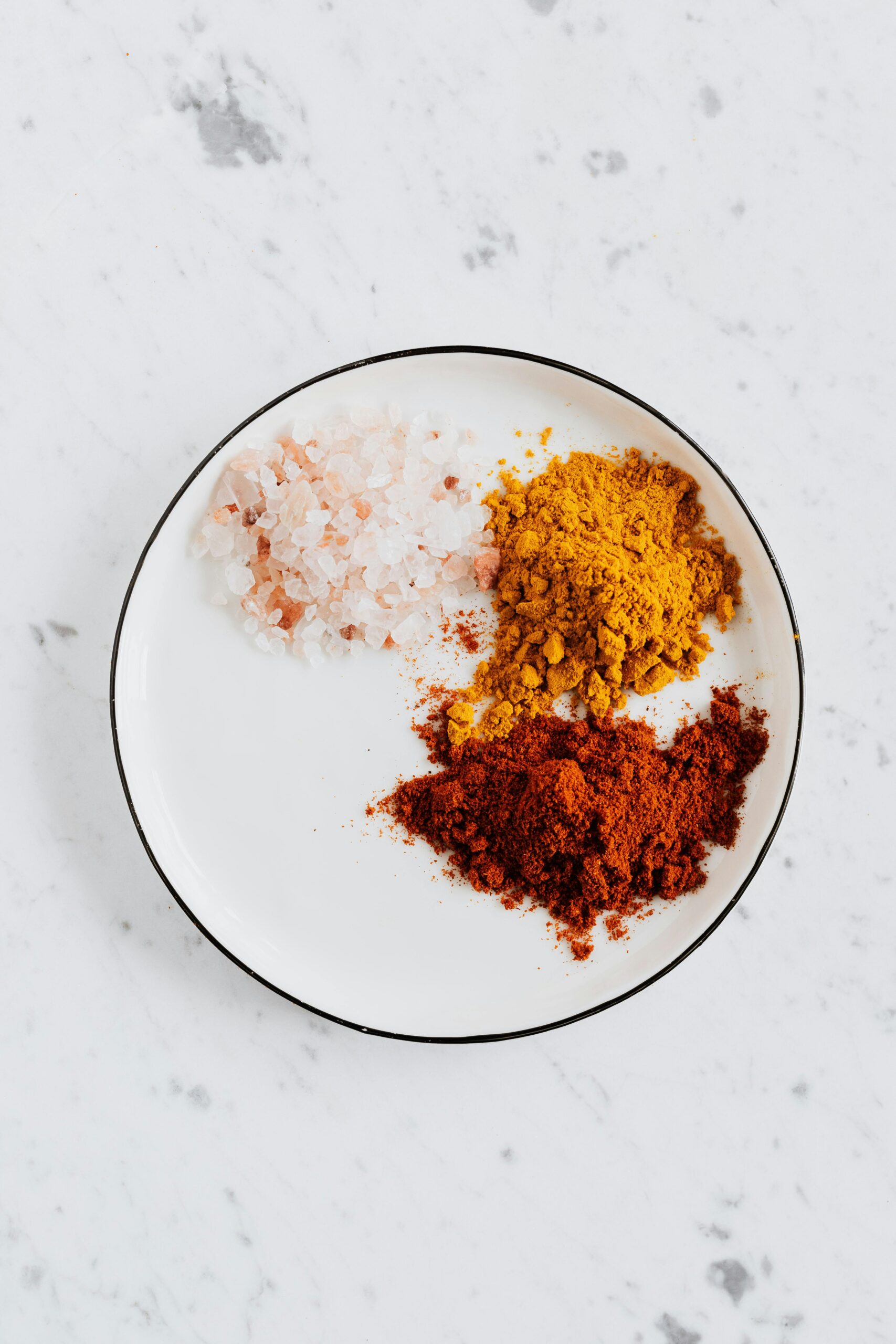Introduction:
Tamil Nadu, a southern state of India, has a rich and vibrant history dating back thousands of years. Within its cultural treasure troves lie numerous culinary gems that harken back to ancient times. The cuisine of Tamil Nadu is not only a treat for the taste buds but also carries a deep-rooted history and a plethora of health benefits. In this article, we delve into the world of ancient foods in Tamil Nadu, exploring the unique ingredients, techniques, and wisdom passed down through generations.
Some popular ancient Tamil Nadu recipes include Adhirasam, Ragi Dosai, Kambu Dosai, and various millet-based recipes. These dishes were prepared using traditional cooking methods and ingredients that were locally available.
Adhirasam is a sweet delicacy made from rice flour, jaggery, and ghee. It is usually made during festive occasions and is known for its unique flavor and texture. Ragi Dosai and Kambu Dosai are dosas (crepes) made with finger millet and pearl millet respectively. These dosas are not only nutritious but also have a distinct taste.
The use of millets in ancient Tamil Nadu cuisine was common due to their high nutritional value and availability in the region. Millets like sorghum, foxtail millet, and little millet were commonly used in various dishes like porridge, dosas, and snacks.
1. Arya-Vysya Influence:
The ancient food culture of Tamil Nadu experienced a significant influence from the Arya-Vysya community. They introduced a diversity of food practices, emphasizing the significance of vegetarianism. Staples such as rice, lentils, and vegetables gained prominence in their diet, promoting a healthy lifestyle way ahead of its time.
2. Millets: The Forgotten Superfoods:
Tamil Nadu’s ancient food culture celebrated the use of millets, long before the term “superfoods” became popular. Millets such as finger millet (ragi), pearl millet (bajra), and foxtail millet (thinai) were staples in the diet due to their rich nutritional value. These millets provide a high source of protein, fiber, and essential nutrients, aiding digestion and bolstering immunity.
3. Spices with Medicinal Properties:
Ancient Tamilians were well-versed in the art of incorporating spices not only for their culinary appeal but also for their medicinal benefits. Turmeric, known for its anti-inflammatory properties, was liberally added to dishes, acting as a natural healer. Other spices like pepper, cumin, and coriander were used in specific combinations to balance the body’s doshas (energies).
4. Heritage Rice Varieties:
Tamil Nadu boasts an impressive variety of indigenous rice, showcasing the deep connection between culture and agriculture. Heritage rice varieties such as Seeraga Samba, Kaikuthal Rice, and Kavuni Rice carry distinct flavors and boast nutritional profiles that distinguish them from commercially farmed rice. These rice varieties are known for their fiber content, slower glycemic index, and preservation of essential minerals.
5. Fermented Foods: The Probiotic Powerhouses:
Ancient Tamilians were experts in fermentation techniques, employing them to preserve food and enhance nutritional content. Foods like idlis (steamed rice cakes), dosas (fermented pancakes), and curd (yogurt) were prepared using fermentation processes. These fermented foods are rich in probiotics, promoting a healthy gut flora, aiding digestion, and contributing to overall well-being.
6. Seasonal Eating:
Tamil Nadu’s age-old food culture encouraged the consumption of seasonal foods, attuning to the natural rhythm of the environment. Eating according to the seasons ensured a diverse range of nutrients and the body’s optimal functioning. Seasonal fruits and vegetables like mangoes, jackfruit, and snake gourd were relished during specific times, enhancing the overall culinary experience while providing essential vitamins and minerals.
7. Medicinal Herbs and Leafy Greens:
The cuisine of ancient Tamil Nadu incorporated an abundant use of medicinal herbs and leafy greens. Ingredients such as drumstick leaves, fenugreek, and curry leaves were utilized for their healing properties and flavor enhancement. These ingredients acted as natural detoxifiers, blood purifiers, and immune boosters, keeping ailments at bay.
Conclusion:
The ancient food culture of Tamil Nadu is an intricate tapestry of healthy practices, traditional wisdom, and nature’s bounty. From the use of millets and medicinal spices to heritage rice varieties and fermented foods, the culinary heritage of this region is unparalleled in its nutritional value. By embracing the principles of the past, we can rediscover the ancient foods of Tamil Nadu and embark on a journey towards a healthier and more sustainable future.
There are several references to food in ancient Tamil literature, particularly in the Sangam Literature, which dates back to the Tamil classical period. The Sangam Literature is a collection of poems and writings by various Tamil poets. While there may not be dedicated culinary texts by ancient Tamil poets, their works do provide insights into the dietary habits, food choices, and cultural values surrounding food in ancient Tamil society.
The Naladiyar, a literary work attributed to Jain monks and a part of the Sangam poetry corpus, offers a fascinating glimpse into the culinary wisdom and food culture of ancient Tamil society. It provides insights into the various aspects of food, including the importance of selecting the right ingredients, cooking methods, and dietary practices.
Additionally, the book “Tamizhar Unavu” by Bhaktavatsala Bharathi explores the topic of food during the Sangam age and enumerates the literary references to food in that era. The book offers valuable insights into the food practices and preferences of ancient Tamil people.
It is important to refer to these ancient Tamil literary works to gain a better understanding of the ancient food culture and cuisine of Tamil Nadu.

